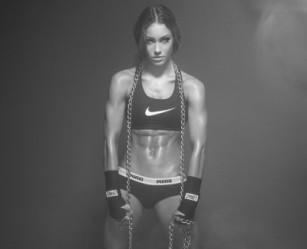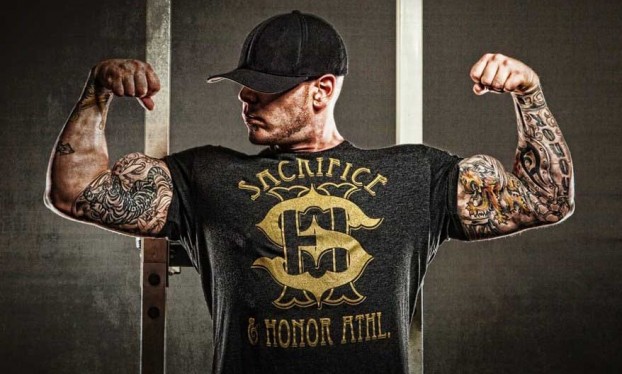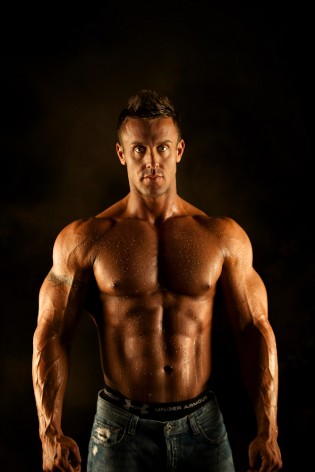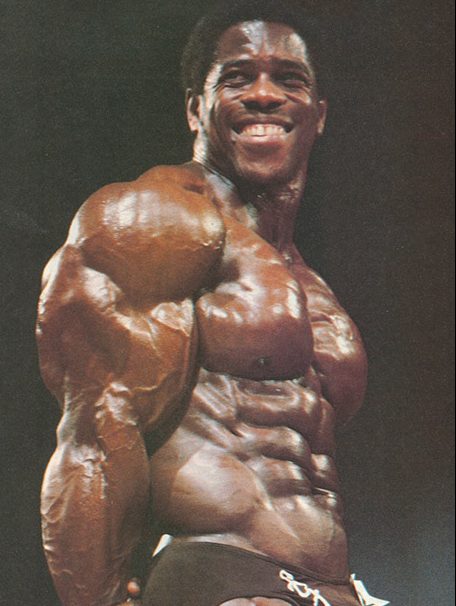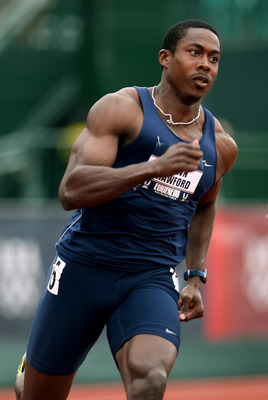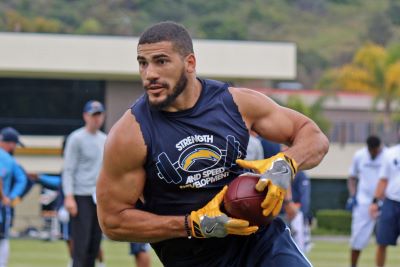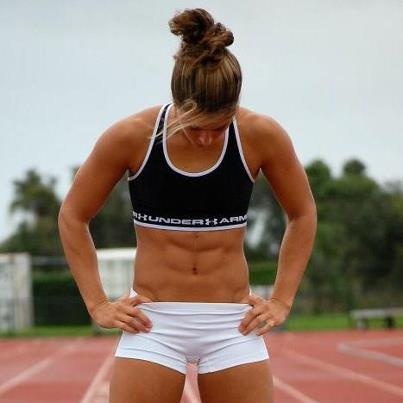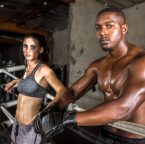Imagine standing at the crossroads of fitness, with two paths leading to distinct physical goals: one paved with the pursuit of an athletic body and the other with the desire for a bodybuilder’s physique.
As you ponder which road to take, you might wonder what truly separates these two ideals and which one aligns with your aspirations.
In this article, we’ll explore the fundamental differences between an athletic body and a bodybuilder’s physique, delving into aspects like training regimens, nutrition, and overall objectives. Let us be your guide as you embark on a journey to discover the perfect fitness destination tailored to your goals.
What is An Athletic Body
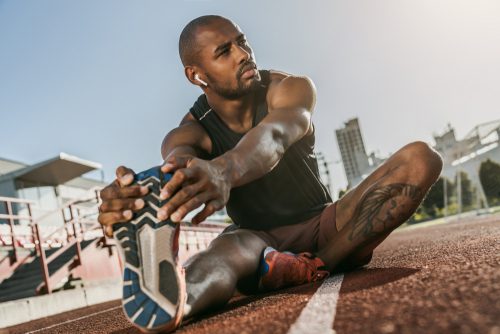
You’ve all seen an athletic body at work any time you have watched a sport on TV.
While an athletic body needs to be strong, it must also be able to perform in other areas. An athletic body must also be fast, agile, flexible, powerful, quick, and have good endurance. Of course, whatever sport you are playing can determine how much of each of these qualities an athlete needs. For example, a baseball player does not need a lot of endurance, and a marathoner doesn’t need a lot of strength.
Athletic bodies also tend to have lower body fat percentages and balanced muscle development across various muscle groups.
The primary goal of an athletic body is to enhance one’s abilities in various physical activities and sports rather than solely aiming for aesthetic appeal, although athletic bodies do look good. This type of physique is achieved through a combination of compound exercises, functional movements, high-intensity interval training (HIIT), cardiovascular workouts, and sport-specific training.
Nutrition for an athletic body usually involves a balanced macronutrient intake tailored to meet the energy and recovery demands of the individual’s chosen sport or activity.
Related: Become A Jacked Athlete With The Athlete Build Training Program
What is a Bodybuilder’s Body?
A bodybuilder body is a physique that emphasizes muscle size, symmetry, and aesthetics. The primary goal of a bodybuilder is to achieve an impressive visual appearance with well-defined muscles and a low body fat percentage. Many bodybuilders do not care how much weight they can lift. They only care about muscle growth and aesthetics. The bodybuilder physique is characterized by significant muscle mass, broad shoulders, a narrow waist, and overall balanced proportions.
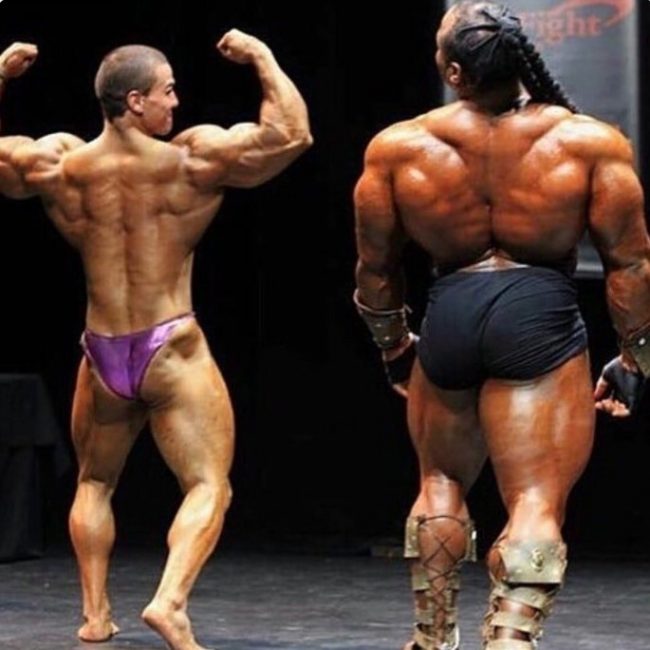
Of course, there are different types of bodybuilders. From the mass monsters you see at Mr. Olympia that are ridiculously huge down to the natural bodybuilder that isn’t nearly as big and looks a lot more athletic than the mass monsters do.
To attain a bodybuilder body, individuals focus on hypertrophy-focused resistance training, which promotes muscle growth and development. Training typically involves isolation exercises targeting specific muscle groups, along with compound movements for overall strength. Bodybuilders often follow split routines and periodization to maximize muscle gains and allow adequate recovery time for each muscle group.
Nutrition plays a crucial role in achieving a bodybuilder physique. A high protein intake is essential for muscle growth and repair, while carbohydrate and fat intake are manipulated to optimize body composition and fuel workouts. Bodybuilders may also engage in cutting and bulking phases to strategically build muscle and shed body fat, resulting in a more sculpted and defined appearance.
Training For An Athletic Body
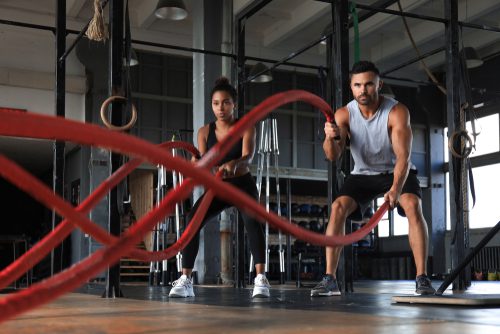
Training for an athletic body does have some similarities to training for a bodybuilder body.
There is a good bit of weightlifting involved, which is obviously similar to bodybuilding. Still, athletes focus mainly on compound exercises like squats, deadlifts, bench presses, power cleans, and pull-ups. They don’t really do bicep curls or calf raises, or lateral raises like bodybuilders do.
Athlete’s also incorporate exercises like kettlebell swings, box jumps, and farmer’s walks into their workouts to develop functional strength.
Lifting weights is only part of their training, though. Athlete’s also incorporate HIIT training. HIIT involves alternating between short bursts of intense exercise and low-intensity recovery periods. This type of training improves cardiovascular endurance, burns calories, and boosts metabolism.
On top of that, there are regular cardiovascular workouts like running, swimming, or cycling to increase stamina which most athletes need.
Plus, there is also plyometric training and agility training that many athletes do so they can be explosive on the field or court.
Then there is still sport-specific training like dribbling a basketball or running routes as a wide receiver in football or throwing the shot put. Whatever their sport is, they need to rain for that as well.
All in all, there is a lot of different training that goes into being an athlete, especially at a high level.
Related: Best Workout for an Athletic Body According to ChatGPT
Related: Power Building Workouts For Explosive Athletes
How a Bodybuilder Trains
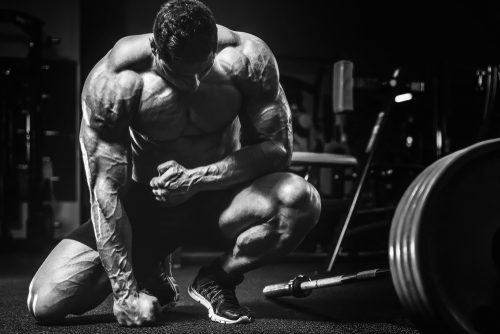
For bodybuilders, it’s mostly about lifting weights to build muscle.
Their training consists of the following:
Resistance training: Bodybuilders prioritize weightlifting exercises to stimulate muscle growth and development. They often use a combination of compound movements (e.g., squats, deadlifts, bench presses) and isolation exercises (e.g., bicep curls, leg extensions, tricep pushdowns) to target specific muscle groups. No muscle group goes untrained, including calves and forearms.
Split routines: To allow for adequate recovery and maximize muscle gains, bodybuilders often follow split routines, dividing their workouts by muscle groups or body parts. Common splits include upper/lower, push/pull, or focusing on individual muscle groups each day (e.g., chest day, leg day).
Hypertrophy-focused training: Bodybuilders aim to induce muscle hypertrophy, or growth, by using moderate to heavy weights with higher rep ranges (usually 8-12 reps per set). They may also incorporate techniques like drop sets, supersets, and forced reps to further challenge their muscles and “get huge”.
Periodization: To avoid plateaus and ensure continuous progress, bodybuilders often use periodization, which involves varying training variables (e.g., intensity, volume, exercise selection) over time. This helps keep the body adapting and growing while minimizing the risk of overtraining.
Cardio Training: While bodybuilders primarily focus on building muscle, they may also incorporate cardiovascular exercise to improve cardiovascular fitness and manage body fat levels. This could include activities like walking, cycling, or using the elliptical machine. Cardiovascular exercise is typically performed in separate sessions.
How An Athlete Eats
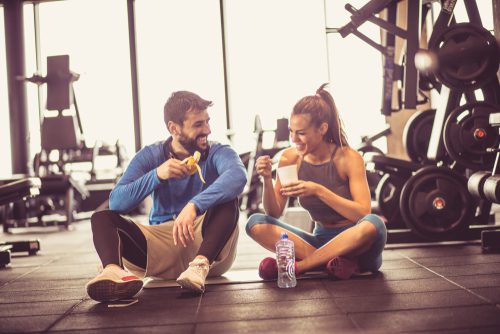
An athlete’s diet is crucial for supporting their training, performance, and overall health, with a well-balanced, nutrient-dense diet helping athletes maintain energy levels, recover faster, and reduce the risk of injury. Key components of an athlete’s diet include a balanced macronutrient intake, proper hydration, and sufficient micronutrients.
Athletes require carbohydrates, proteins, and fats to fuel their workouts and support muscle growth and repair, with the specific ratio varying depending on the sport, training intensity, and individual goals.
Complex carbs like whole grains, fruits, and vegetables should make up the majority of an athlete’s carb intake, while lean meats, fish, eggs, dairy, legumes, and plant-based options like tofu or tempeh provide adequate protein. Healthy fats from sources such as avocados, nuts, seeds, and olive oil offer long-lasting energy and support hormone production, brain function, and joint health.
Proper hydration is vital for athletes to maintain peak performance, as water helps regulate body temperature, transport nutrients, and eliminate waste products. Athletes should monitor their fluid intake before, during, and after exercise to prevent dehydration and optimize performance.
Vitamins and minerals play essential roles in various bodily functions, including energy production, immune function, and bone health, so athletes should consume a diverse range of nutrient-rich foods to ensure they meet their micronutrient needs.
Pre- and post-workout nutrition is also important for maximizing performance and recovery. A pre-workout meal or snack should include easily digestible carbohydrates and some protein, while a post-workout meal should focus on protein and carbohydrates to replenish glycogen stores and repair muscle tissue.
Of course, this can vary a bit depending on what sport you play and how old you are. But this is how it goes, for the most part.
How a Bodybuilder Eats
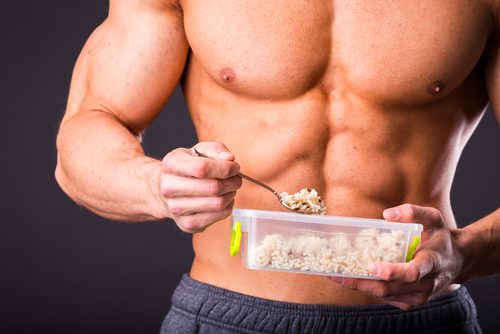
On the other hand, the bodybuilder’s diet is carefully structured to support muscle growth, recovery, and overall body composition, emphasizing macronutrient balance and nutrient timing. Bodybuilders typically prioritize a high protein intake to promote muscle growth and repair, consuming lean meats like a ton of chicken breast, fish, eggs, dairy, legumes, and plant-based options such as tofu or tempeh.
Carbohydrates are essential for providing energy during workouts and replenishing glycogen stores post-exercise. They mostly focus on complex carbs like whole grains, fruits, and vegetables for their of their carb intake. Healthy fats from sources like avocados, nuts, seeds, and olive oil are also important for long-lasting energy, hormone production, and overall health.
Bodybuilders also pay close attention to their pre and post-workout meals. A pre-workout meal or snack typically includes easily digestible carbohydrates and some protein to fuel their training session, while a post-workout meal focuses on protein and carbohydrates to aid in muscle repair and glycogen replenishment. A post-workout protein shake is also pretty much mandatory.
Bodybuilders may also engage in cutting and bulking phases to strategically build muscle and shed body fat, resulting in a more sculpted appearance. During the bulking phase, they consume more calories than they burn to promote muscle growth, while during the cutting phase, they create a calorie deficit to shed excess body fat without sacrificing the precious muscle.
Pros and Cons of Having an Athletic Body
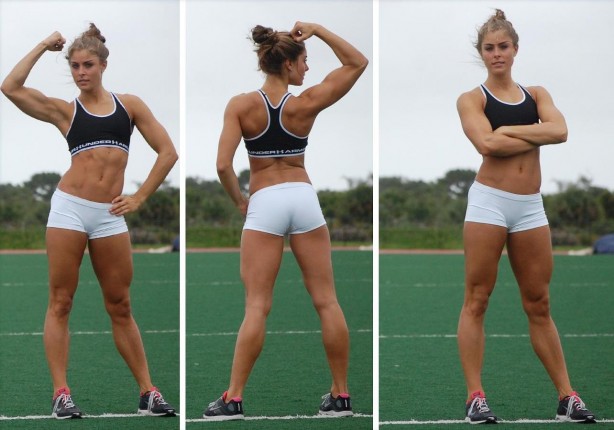
Pros
- Improved physical fitness and performance
- Enhanced body composition and appearance
- Increased strength and power
- Improved confidence and self-esteem
- Overall health benefits
Cons
- Time commitment and dedication required
- Risk of injury
- Specialized nutrition considerations
Pros and Cons of a Bodybuilder Body
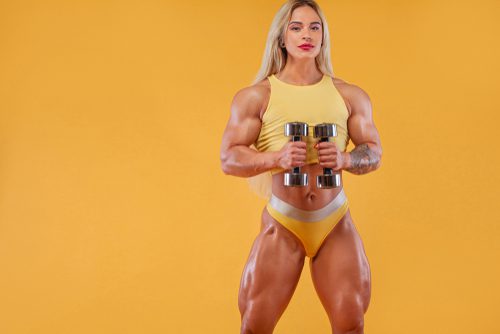
Pros
- Higher levers of strength
- Many people find the muscular physique of bodybuilders to be attractive
- High levels of dedication
- Increases self-confidence and self-esteem
Cons
- Heavy training can lead to injury
- Bodybuilders tend to be less mobile, less flexible, and can’t perform as well
- Some find a bodybuilder look very unattractive
- Dieting can be tough for bodybuilder
Related: Become A Jacked Athlete With The Athlete Build Training Program
Athletic Body vs Bodybuilder Body: Which is Better?
This website is all about having an athletic body, so of course, we are going to say an athletic build looks better.
The athletic body looks good and can also perform. While a bodybuilder’s body is just made to look good, and that’s it. And truthfully, many would say that bodybuilder bodies don’t look all that good, especially the super huge guys.
Dieting is a bit easier for athletes, as well, since bodybuilders will usually follow more of a restrictive diet unless they are bulking.
Also, there can be less cost with having an athletic body. Bodybuilders require a gym membership or a really nice home gym. But anyone can do calisthenics at home or at the park and get an athletic body.
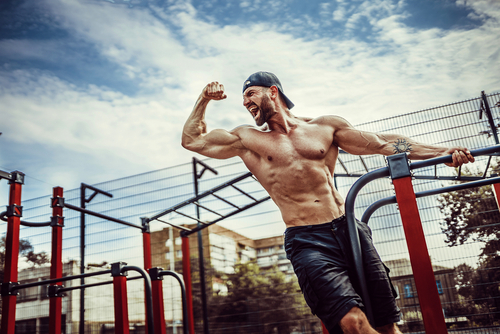
Final Thoughts
Both an athletic body and a bodybuilder body have their own unique advantages and disadvantages. While a bodybuilder’s body may be impressive in terms of muscle mass and strength, it may not necessarily be functional for a wide range of physical activities. An athletic body, on the other hand, tends to be more versatile and functional, with a focus on overall health and injury prevention.
Ultimately, the decision about which type of body to strive for comes down to personal preference and lifestyle goals. Regardless of which path someone chooses, regular exercise and a healthy diet are key components of achieving and maintaining a fit and healthy body.

